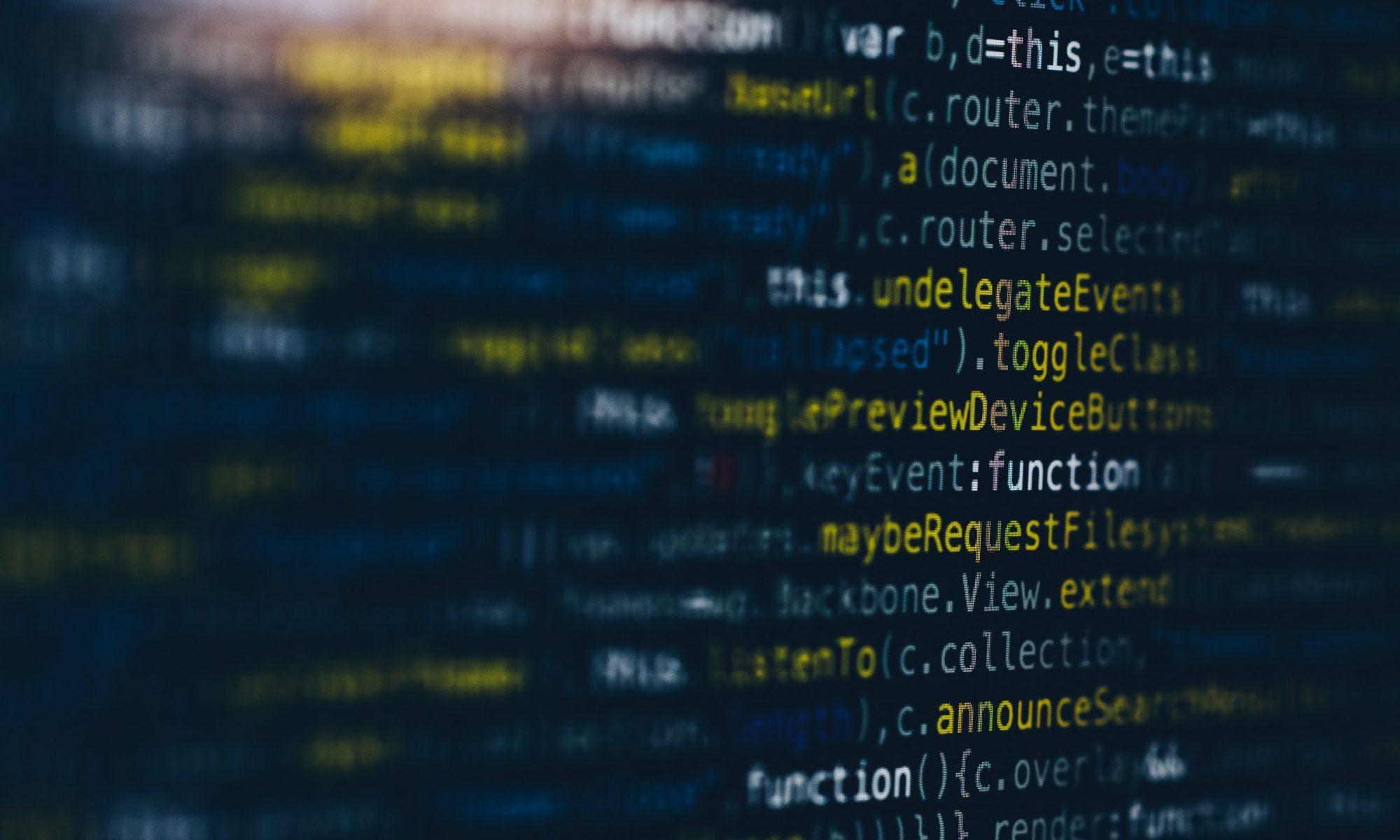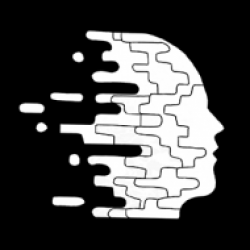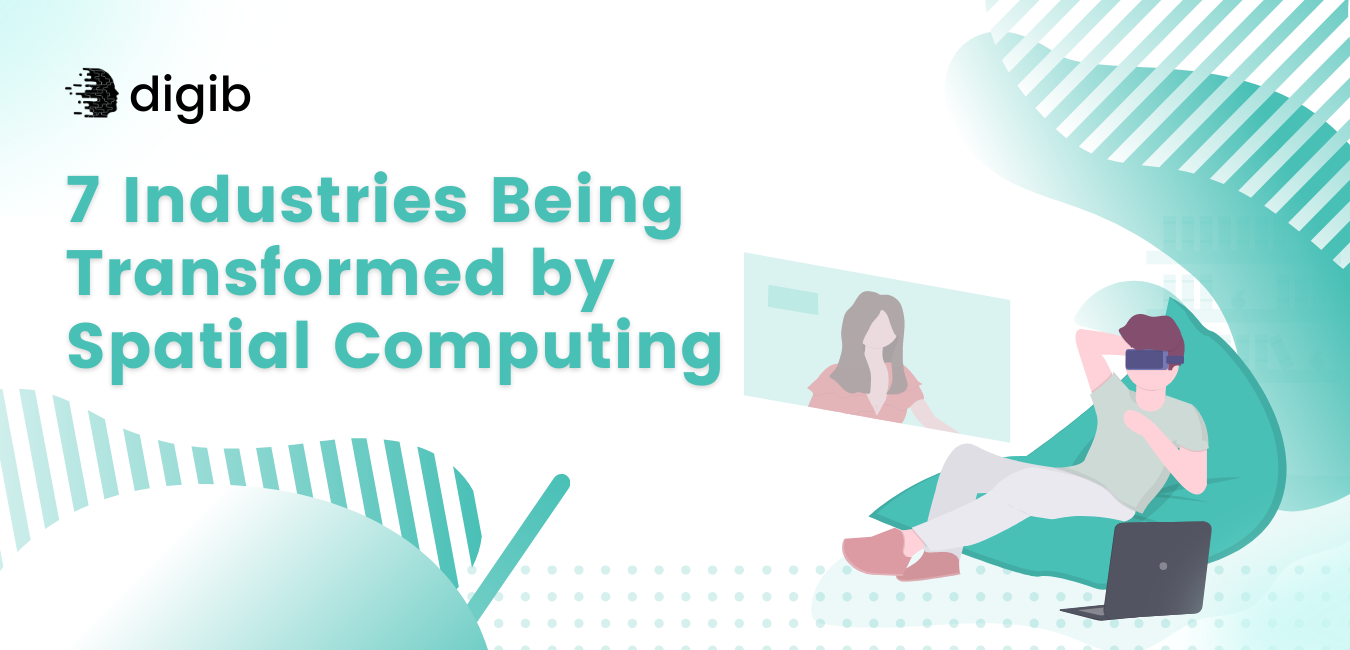This week, we’re focusing on a question that might have a lot of people confused: what is spatial computing? It can be any kind of software or hardware technology that allows us, humans, virtual beings or robots to move and interact with the real or virtual world.
So, what kind of technology are we talking about?
The tech can range from Augmented Reality (AR), Virtual Reality (VR), Artificial Intelligence (AI), Computer Vision, Sensor Technology to Automated Vehicles. In the last couple of years, we’ve been introduced to innovations in AR and VR by tech giants such as Google, Microsoft and Samsung.
In gaming, VR is breaking ground in the player experience with consoles such as the Oculus Rift from Facebook. If we look at the automotive industry, we have players like Tesla and Google, who have been trying to develop a fully automated car for several years now.
It’s apparent that there is a global interest in developing and integrating spatial computing in several markets and industries and the obvious question becomes, what kind of changes would we see and where would we see them?
According to experts in these fields, we will most likely see dramatic changes in 7 industries:
Healthcare
Media & Communication
Manufacturing
Banking & Trading
Education
Retail
In retail, integration of spatial computing is already happening, with major retailers in furniture, fashion, food etc. announcing AR and VR integrated services. AR technology at in-store locations have the potential to transform the customer experience, for example using a mobile phone camera to point at a product and have all the information available to you on screen. In 2020 with the pandemic crisis and restrictions on in-store shopping, VR catalogs provide a safe alternative to consumers from the comfort of their seat or palm. Ikea, for example, has developed a virtual store where customers can view furniture in 3-d and in various settings and backgrounds. It’s likely we’re going to see more spatial computing integrated into our customer experience, as VR and AR continues to provide customers with information in an innovative way.
Healthcare
Spatial computing in healthcare has great potential to impact virtually everything involved with healthcare, from the waiting room experience to surgery and surgery preparation. What does this mean for the industry at large? Well, we would see the healthcare system become more efficient, improved patient care and more personalized healthcare. VR is already being used by surgeons to conduct a range of surgeries often in combination with specialized equipment, in addition AR is being used in medical school to teach anatomy, surgery and other medical courses. We’re already seeing spatial computing being integrated into psychotherapy, notably in the treatment of PTSD, autism, depression etc. The healthcare industry is no stranger to adopting innovative technology and spatial computing is no different.
Banking & Trading
While there is little to no spatial computing being currently used in this industry the possibilities are endless. A major reason for this lag in adoption is because the industry is conservative by nature, another reason being, the numerous regulations to do with trading and customer interfaces. A current example of spatial computing in the banking industry is digital banks, real financial institutions that do not have a physical bank branch, and this is a trend most major banks are adopting with reduced footfall in physical bank branches. Digital banks can serve the same functionality online as banking becomes increasingly more digitized. VR and AR are currently being tested in virtual trading , 3-d visualization and security. In security, spatial computing is primed to play an important role with AI and VR being used for facial recognition. This is important as facial recognition could reduce time spent on point-of-sales interactions, facilitate virtual banking and provide a layer of security.
Transportation
The transportation industry already uses spatial computing to a large extent and was one of the oldest adopters of the technology. However in years to come we will most likely see the extensive usage of sensor technology such as Lidar, the use of AI in a car’s internal and external systems and eventually, fully automated vehicles on the road. A smart car that embodies the visions of the future we often see in popular sci-fi franchises, is one that has not yet been realized but we’re making our way there. Tesla and other car manufacturers are developing self-driving cars, with sophisticated AI and sensor technologies, what does this mean for our roads and cities? Fully automated vehicles would probably lead to the development of smarter roads and cities, lowered transportation costs and increased safety on and off the road.
Media & Communication
The entertainment industry, the gaming industry and the telecommunications industry are all going to be heavily defined by spatial computing. From VR and AR games to films that explore storytelling through the lens of VR, integrating spatial computing probably has the most impact in this industry. Already VR and AR games are part of the popular culture, most notably with Pokemon GO! A marketing phenomenon that even took the superbowl by storm. As spatial computing makes strides in increasing the immersive experience, it’s likely that we’ll see these changes being carried forward onto our mobile phone and AR experiences. A possible outcome would be AR maps, usually these maps contain 3-d information and are generally used by autonomous robots and drones, however, this technology may make its way into our daily lives in order to map our surroundings in tandem with whatever technology we’re interacting with.
Education
In the education industry, spatial computing offers children the opportunity to learn in a more experiential fashion. With VR and AR classrooms, a whole world is opened to students. Previously getting a world-class education required resources that some students may not have access to and VR & AR could possibly bridge that gap. And this could be seen during the COVID-19 crisis, education systems were forced to adopt distanced learning methodologies implementing virtual classrooms and blackboards and so on, showing that VR and AR classrooms are here to stay. Spatial computing can change not only the medium through which we learn but also the way we learn. In STEM courses teachers place an emphasis in spatial awareness, however, concepts relating to spatial awareness are sometimes hard to grasp especially in 3-d, VR & AR provide a solution that enables us to visualize objects in 3-d and gain a higher understanding. Spatial computing is already transforming the education sector especially in STEM related courses.
Manufacturing
When we think of robotics and robots we often think of automatons from the likes of Transformers and C-3PO in reality the robots we use in manufacturing more closely resemble an arm. The robots we use are capable of complex tasks and can carry heavy weights and are often used in complex production trains, working in tandem with other moving parts. When looking at the automobile industry and its manufacturing these robots work at a large scale and at high efficiencies. It’s mind boggling to think that Ford produces a Ford F-150 down the line every 53 seconds, that’s almost 3 tons of steel and that’s with the technology we use today. Spatial computing could lead to the development of augmented manufacturing where humans and robots interact with each other to complete a task, also called a “cobot”. This could range from manual labor to more specialized tasks requiring supervision. A robot or person could theoretically supervise a task through spatial computing technology such as AR and VR. Cobots could be especially useful in the production of complicated parts requiring more dexterity or precision. Spatial computing could revolutionize manufacturing on a big scale leading to higher efficiencies and reductions in production time.



